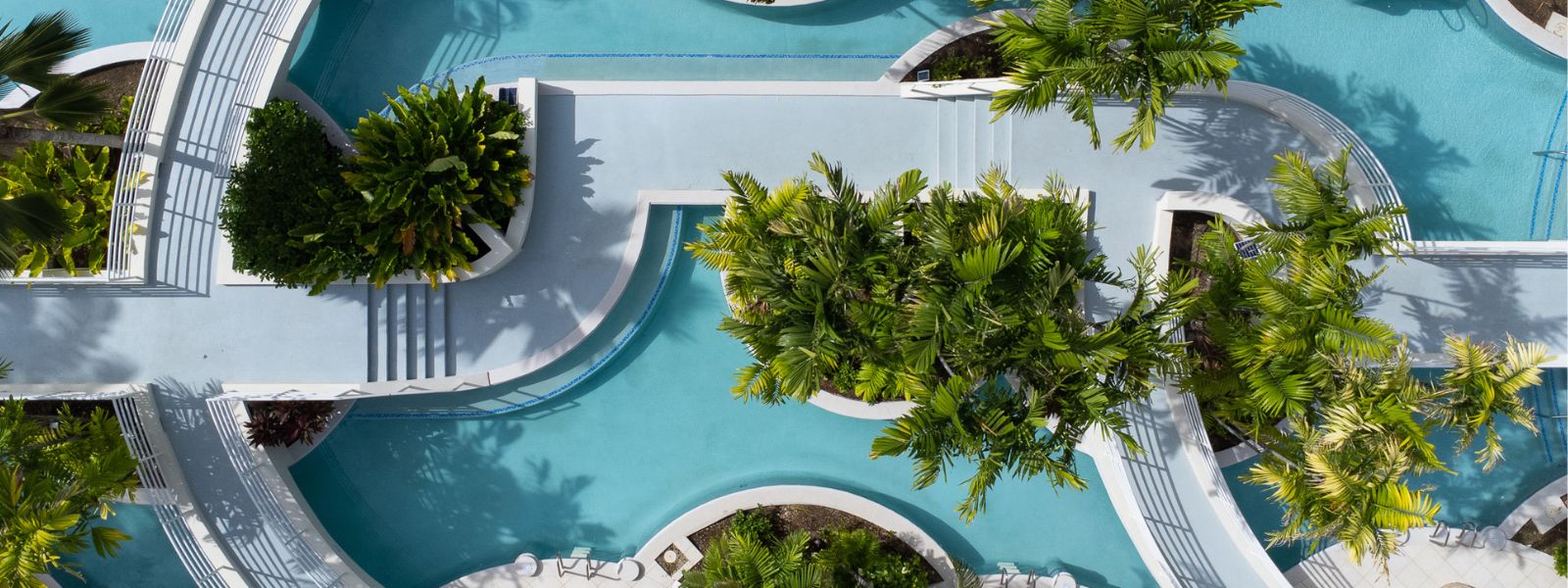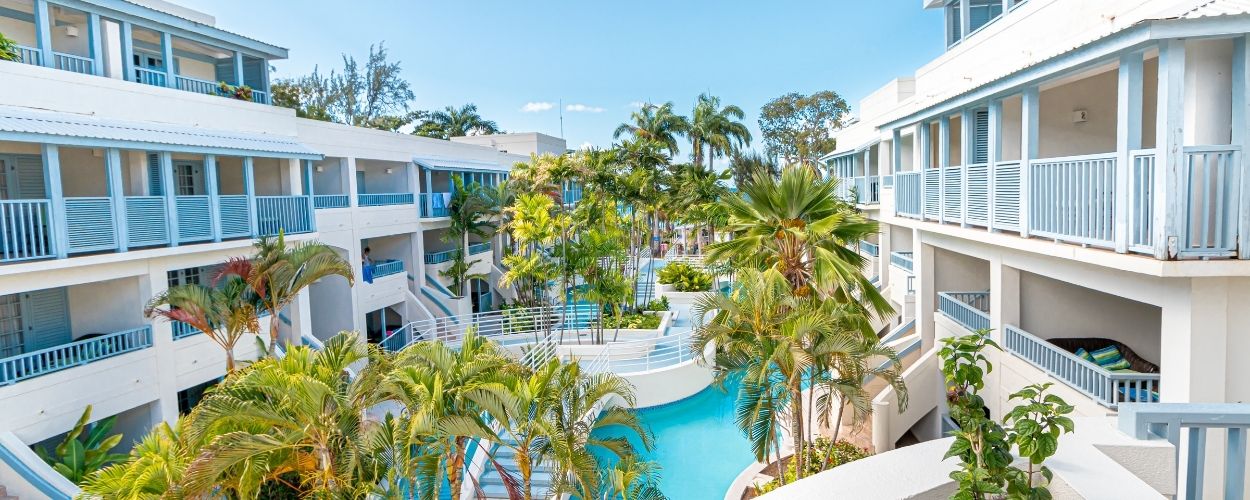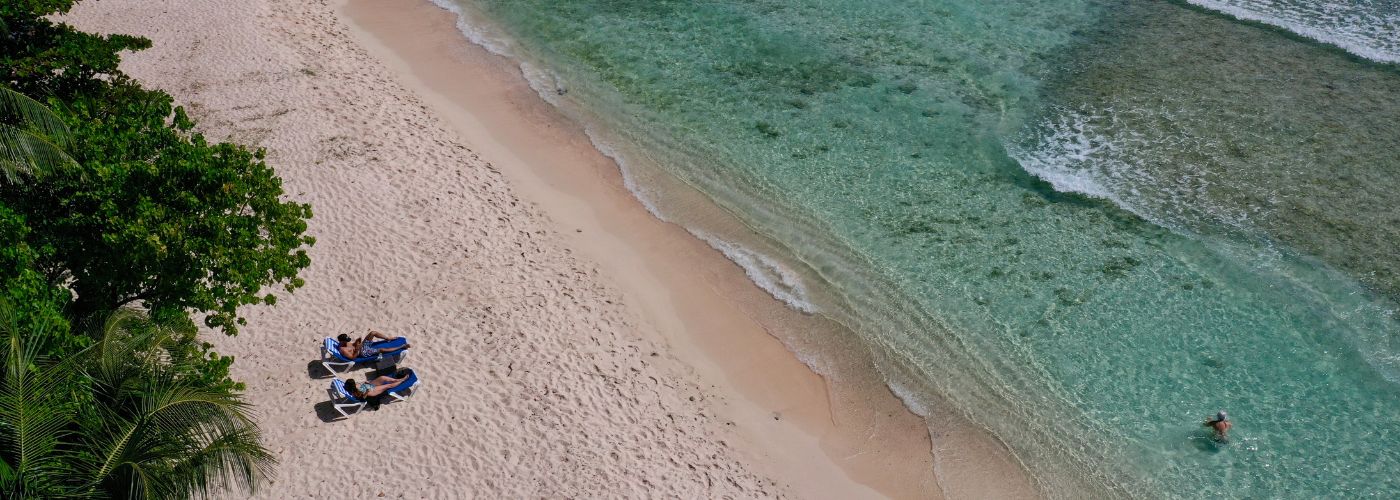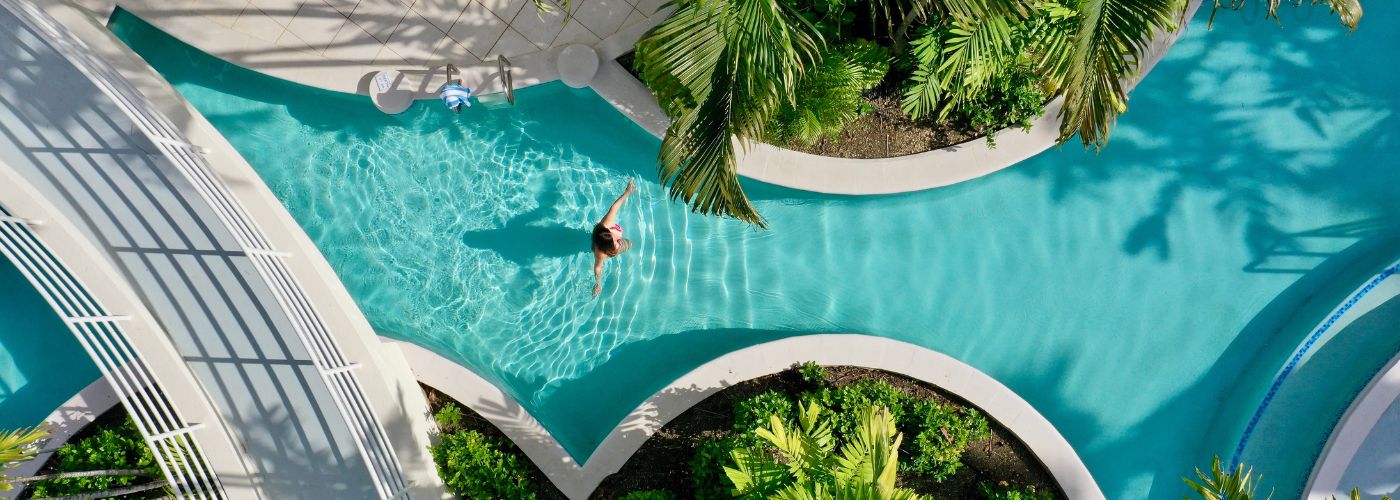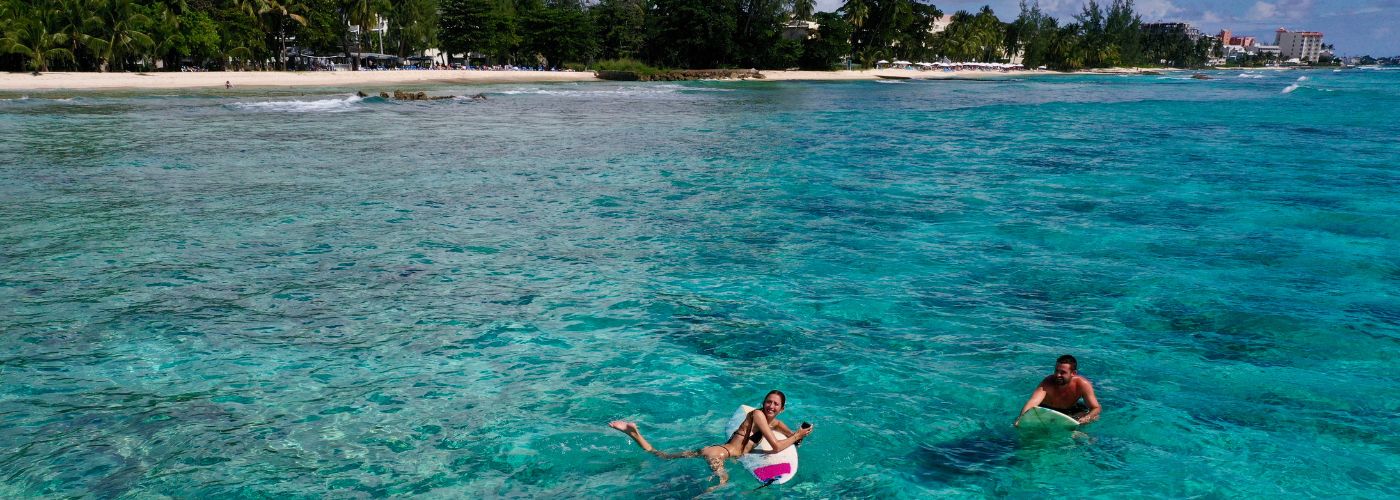Brief History of Savannah Beach Club
Originally known as Sheriff's house in the early 19th century, what we now know as Savannah Beach Club first became a hotel in 1887 and carried the name Seaview back then. It's course of management changed many times over the years but its ownership reigned in the Gale family from 1889 through until the 1970s.
In 2000, the Barbados Government's Gems Project reopened Savannah Beach Club after a massive refurbishment which catapulted the hotel into being one of the most upmarket hotels on the islands south coast offering meeting facilities.
Located on Barbados' south coast and on the outskirts of the historic Garrison, Savannah Beach Club speaks to the tune of a restored 19th century Plantation House that once predominantly featured brick construction and elegant cast-iron balconies. Great Britain's colonial architecture was rampant in Barbados from as early as the 17th century so it's easy to understand why this hotel is so roped into the anatomy of its environs.
The Garrison Historic Area
The Barbados Garrison Historic Area contains a network of well-preserved sites of historical and architectural interest which aid in telling a well-told story of the largest British military complex built in the Caribbean. The Garrison Historic Area (GHA) Project was officially launched on Sunday, October 21, 2007. The event commenced at the National Armoury Museum but the official ceremony took place in the Main Guard.
In June 2011, The World Heritage Committee has put a Heritage Stamp on the Historic Bridgetown and the Garrison areas. These sites were listed on the United Nations Educational, Scientific and Cultural Organisation's (UNESCO) World Heritage List.
UNESCO’s website is quoted as describing Historic Bridgetown and its Garrison as “an outstanding example of British colonial architecture consisting of a well-preserved old town built in the 17th, 18th and 19th centuries, which testifies to the spread of Great Britain’s Atlantic colonial empire”
See here for more information on the Garrison Historic Area.
Barbados Museum & Historical Society
The Barbados Museum sits quite impressively on the outskirts of the Garrison Savannah in the parish of St. Michael. Its current location was once the home of the former British Military Prison and became the Headquarters of the Barbados Museum and Historical Society in 1930. A bit of history to note is that the prison's top floor was built in 1817 and the bottom floor built in 1853.
This building is not only historical in stature but it also houses a wealth of history and art that are all accessible to the general public of Barbados and tourists alike. Trips down memory lane are tapped into once one walks through the doors of the Barbados Museum and become exposed to Barbados' military history, geographic nature, rare historical maps, eighteenth century plantation house furniture, information on the lives and upbringings of 'Yesterday's Children', African Heritage and even artifacts from the Amerindians who were the early inhabitants of the Caribbean islands.
See here for more information on the Barbados Museum & Historical Society.
George Washington House
The annals of history are sometimes impacted in simple, yet effective ways. In 1751, a young gentleman by the name of George Washington and his half-brother Lawrence from the USA spent a brief sojourn in Barbados. This young unknown at the time, later went on to become the President of the United States and Barbados was the only country, where he was ever known to spend time outside of his place of birth.
At the time of his stay in Barbados, the house was known as Bush Hill House, a former plantation house, appropriately titled due to the fact that it was located on Bush Hill, which is a stone's throw away from the Garrison Savannah. For very many years, the property remained closed and useless until the year 1999 when after some consideration, discussions and research, the Barbados National Trust sought out some of the top architectural historians in their field
See here for more information on George Washington House.
Bridgetown
Established in 1628, Bridgetown is the capital city of the island of Barbados and a commercial centre and hub of activity, having gained this official recognition after the abolition of slavery in 1838. It is accessible by foot, car or public transportation and the Barbados Port of Authority, in which cruise ships dock, sits just on the outskirts so passengers can make their way into the hustle and bustle of Bridgetown.
The city of Bridgetown adds its own blend of uniqueness to cement Barbados as a special destination for travelers from across the globe. In the centre of town is the Careenage River, which facilitates pleasure boats and yachts travelling and docking for the convenience of its passengers right in the heart of the town. In years gone by that passage way would have been used to accommodate small island boats for commercial purposes; however, that is a thing of the past.
See here for more information on Bridgetown.
Parliament Buildings of Barbados
Still somewhat steeped in parts of its British heritage, but definitely having created a rich culture of its own post-Independence, Barbados possesses a polite marriage of quaint simplicity versus what might be considered opulent extravagance. The former, in terms of its natural beauty and attractions and the latter, in terms of aspects such as prime residential developments and advanced financial structures which can be availed of here in Barbados.
One esteemed part of the Barbadian heritage is its political and legal framework and its Parliament Buildings are the third oldest in the entire Commonwealth, foreshadowed only by Britain, from which the island was granted independence in 1966 and Bermuda. The stately cluster of buildings, which were completed in 1874 are almost majestic in appearance and designed on a base of Gothic architecture are home to the local House of Assembly and the Senate.
For more information on the Parliament Buildings of Barbados.


